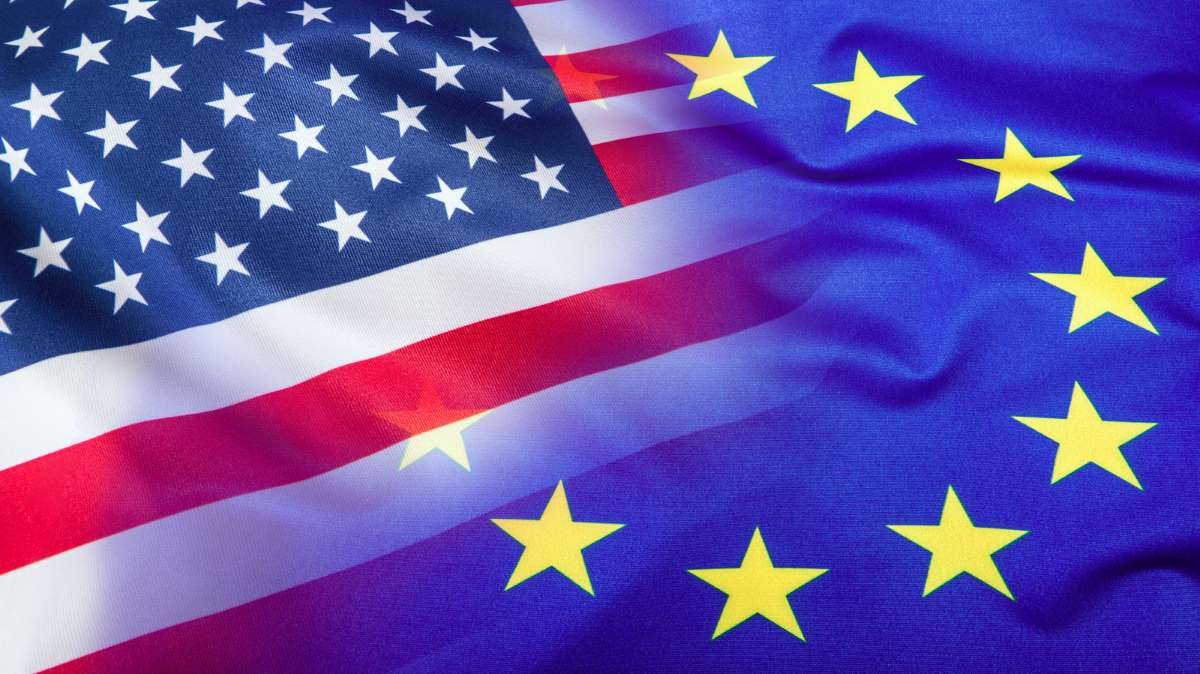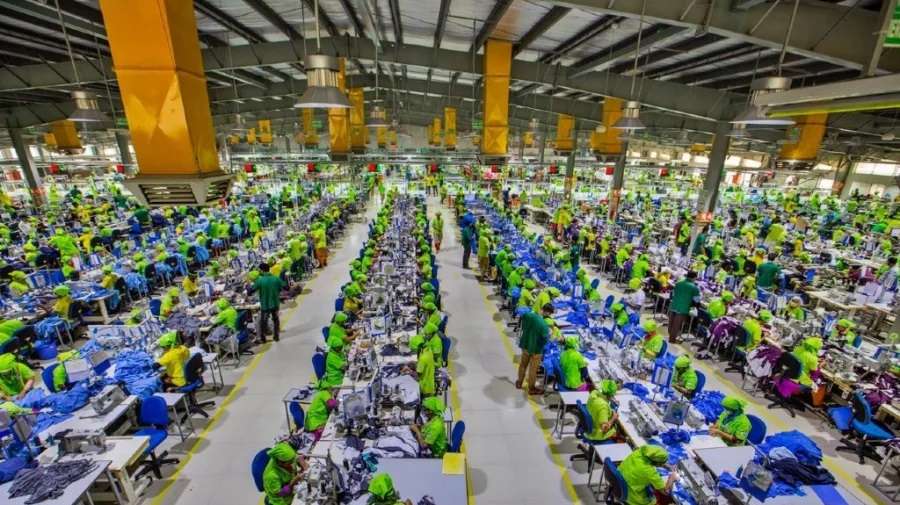
In contrast to regular fashion market, the global kidswear market has been growing in a robust fashion for the last two years. Statista reports, the global infant and toddler wear market has been growing at 3.7 per cent since 2018 and is projected to reach $239 billion in 2023. Segment growth will be dominated by girls’ wear, projected to reach $132.3 billion by the end of analysis period while boys’ wear will grow at 2.8 per cent CAGR.
US tops kidswear demand
China’s kidswear market is projected to grow at 6.7 per cent CAGR from 2020-2027 to reach $68.8 billion. The US market is projected to reach $78 billion in 2022, says a Textile Today report. The garment industry has faced several disruptions over the last two years as many export orders got cancelled. Now, the pandemic is easing across Europe and the US though fresh cases are being reported in India and China.
Market accelerates post pandemic
The global apparel industry has also been hit by the ongoing Russia-Ukraine for the past few weeks. Brands including H&M, Mango, Zara, Marks & Spencer and Nike have shut Russian stores and suspended online operations. The war is preventing fashion retailers from selling garments Russia. Buyers are either suspending orders or diversifying to other markets. However, growth in the kidwear market has accelerated riding on demand for branded clothes for kids, parents’ rising incomes, growth in the number of e-commerce channels, rising social media awareness, etc.
Popular kidswear brands
A number of children’s clothing brands have risen across the globe to cater to growing market needs. Most prominent us Carter’s, a US-based brand established in 1865 with 17 per cent of the US baby and infant market. The brand sources $200 million worth knitwear and denim garments every year. Its online business surged 35 per cent during the pandemic.
Another popular kidswear brand is Okaidi which purchases 10 million knitwear items and 30-35 woven/denim items from Bangladesh every year. The brand has emerged one of the most trusted brands amongst kids as it did not cancel any orders from Bangladesh during the pandemic. British retailer Mothercare also sources around 50 million pieces’ from Bangladesh. The retailer generated revenues of £164.7 million in 2020, reveal Statista figures. Other popular kidswear brands are: H&M Kids, Zara Kids, Walt Disney, M&S etc.
Changing trends
Post-COVID, around 24 per cent parents have opted for sustainable or eco-friendly apparels for kids. Also the choice is inclined towards knits rather than woven garments as knits offer more variety. Boy’s polo, deflated or bat sleeves, printed T-shirts, sweatshirt sets, and rompers are emerging most popular styles globally. Unique prints like polka dots, photo prints of animals and flower themes are also gaining popularity amongst consumers as are apparels with optimistic and meaningful slogans.
Denim’s popularity grows
Denims are also gaining in popularity with kids opting for washed blue jeans, colored denim jackets and distressed or embellished soft denims. Knit denims are also becoming popular with kids opting for knit tops, fancy and wide-leg trousers, rompers, skirts, cargo pants, decorative frilled tops, etc. Nordic kids are going in for heavy weighted padded jackets while others are buying light jumpsuits, coats, and hoodies.












